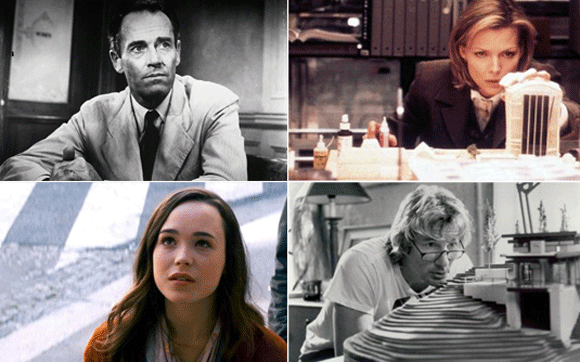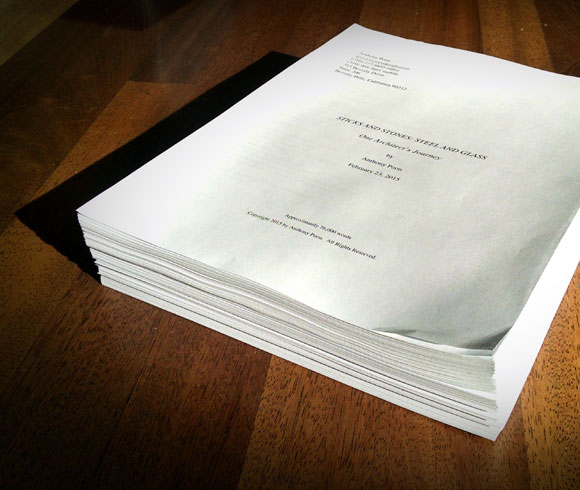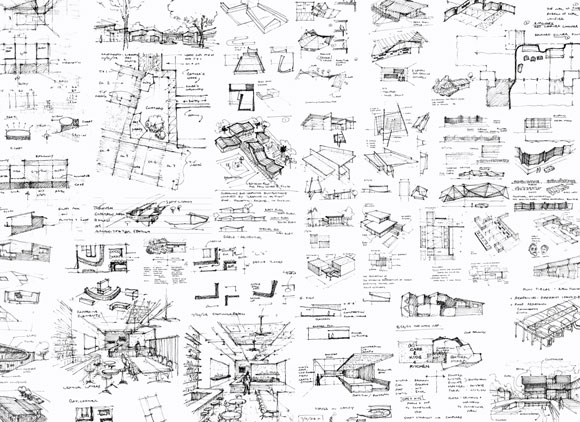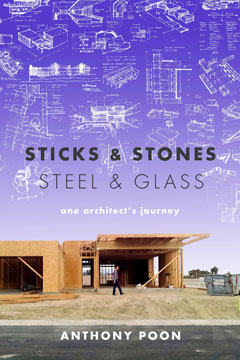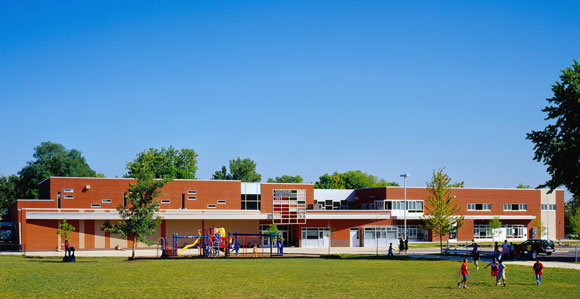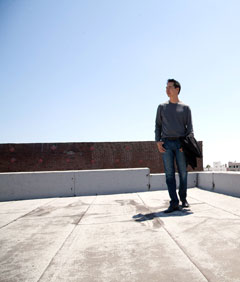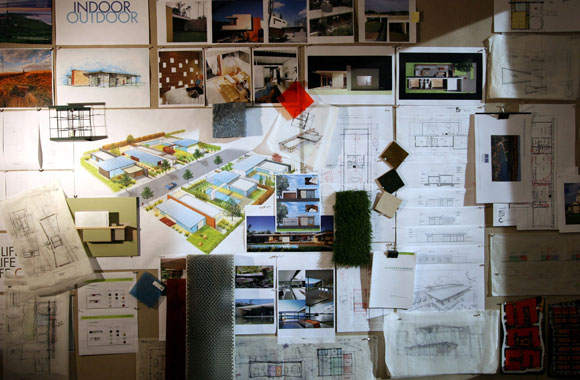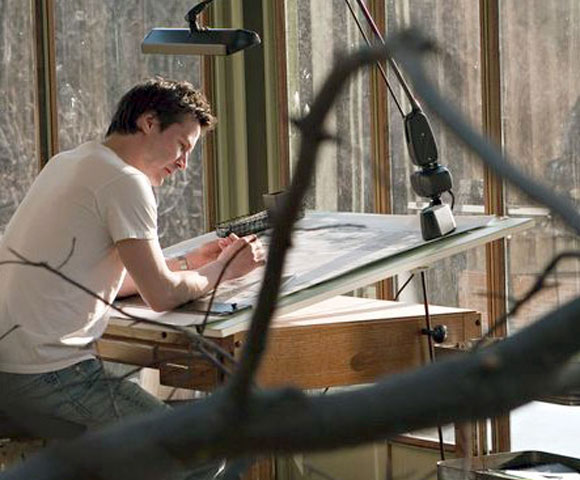#102: PODCAST: HOLLYWOOD’S OBSESSION WITH ARCHITECTS
Upper left: Henry Fonda in 12 Angry Men (1957); upper right: ) Michelle Pfeiffer in One Fine Day (1996); lower left: Ellen Page in Inception (2010); lower right: Richard Gere in Intersection (1994)
George Smart: Welcome to US Modernist Radio where we talk and laugh with people who enjoy, own, create, dream about, preserve, love, and hate Modernist architecture. Anthony Poon, our next guest, is an architect, concert pianist, artist, and author. His talk at Palm Springs’ Modernism Week was about architects in popular culture. There’s a lot more than you might think.

Anthony Poon: Most people don’t know, until I start pointing out, that architects have been in hundreds of movies. And everyone says, “Oh hey, I saw that movie. I remember that guy.” And then, they start realizing Michelle Pfeiffer was an architect. Tom Hanks was an architect. Wesley Snipes was an architect.
George: Wait a second! Wesley Snipes was an architect?
Anthony: Wesley Snipes was an architect in Jungle Fever. We have Steve Martin playing an architect twice. We have Matt Dillon playing an architect in three separate movies. Hollywood has a love affair with architects as characters, both in film and television. It is the perfect go-to hero and feature character, whether it’s a drama, a romantic comedy, a romance. It just seems to be the perfect character that fits all plots.
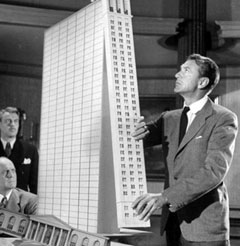
George: Well, one movie which started as a drama and kind of viewed as a comedy later was The Fountainhead. It’s really a chuckler.
Anthony: It’s unfortunate. The film took the gravitas of an Ayn Rand book and turned it into a campy cult favorite. The film never quite understood the philosophy that Fountainhead was trying to get across.
George: No. And the lead character?
Anthony: Gary Cooper.
George: Gary Cooper didn’t seem like he was particularly well-suited to be an architect.
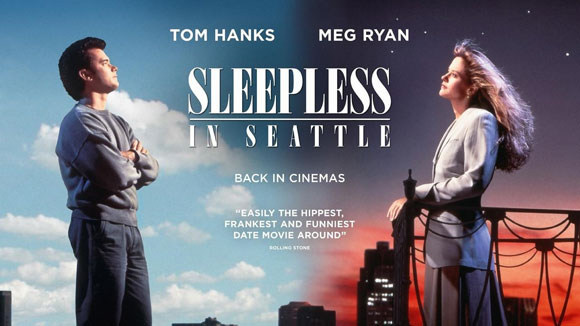
Anthony: The interesting thing is Cooper was an architect in an architect movie. It was a movie about architecture. For most of the movies you see, it’s not about the architect being in an architect movie. If you think about Tom Hanks in Sleepless in Seattle, a classic character in a romantic comedy, it’s a love story between Meg Ryan and him. There’s not much about architecture. It’s not about him building buildings or designing cathedrals, parks and shopping malls. In most movies, the architect as a character is actually superfluous to the arc of the story.
George: How many architecture movies are there that aren’t documentaries?
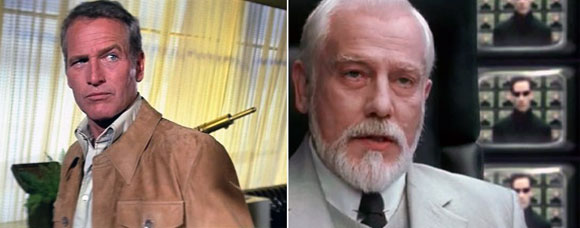
Anthony: Very few. Paul Newman in The Towering Inferno plays an architect in a movie about architecture, because a building is on fire, burning down. He has to play the role of an architect. In The Matrix, there is “The Architect.” He’s creating worlds, designing them. But, that’s really about it. All the other ones that I’ve presented today, those movies are not about architecture.
One of the things I examined was how if there is a lawyer in the story, it is a movie about law. If there is a cop, it’s movie about crime. If there’s a doctor, it’s a movie about medicine. A banker, it’s a movie about Wall Street. But, an architect in a movie is usually not about architecture.
An architect is a movie character that is romantic. It gives gravitas. It gives a creative person a profession. It’s idealistic. It’s sort of the go-to, good-natured person that represents something that everyone can associate with.
George: Easy to write a script around that.
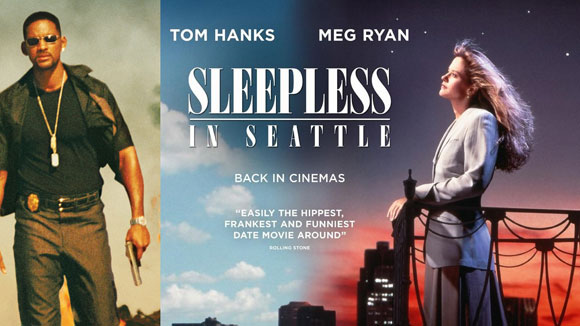
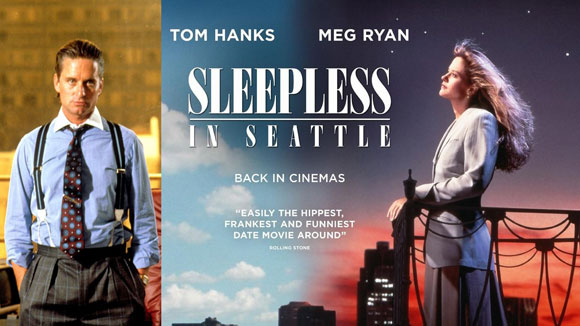
Anthony: Exactly. When you write a script, you need to choose a profession. If you made that person a Homeland Security officer, it would add a different kind of arc to the story. If it was a romantic comedy and you’re making the person a therapist or an investment banker, I think it would change the course of the movie. An architect stays safe and neutral.
George: But there hasn’t been an action adventure series with an architect yet, I don’t think.
Anthony: The odd one is Charles Bronson in Death Wish.
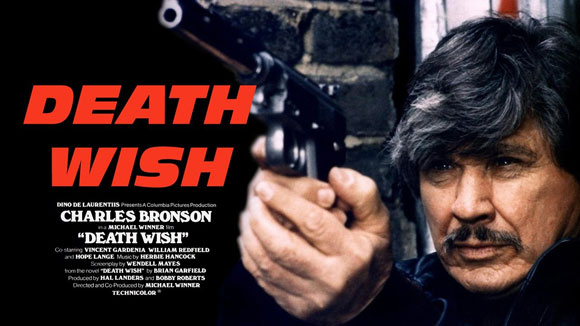
George: Was he an architect in Death Wish?
Anthony: Some people would say this movie doesn’t fit my analysis of the nice, romantic, idealistic, creative professional. But it actually does! It is a movie that is extremely violent. A lot of action, many sequels.
George: He’s seeking revenge for something, right?
Anthony: He’s seeking vengeance for being framed for the murder of his wife, and to make his character take the full 180 to the dark side, he starts as the mild-mannered architect. That’s how it works. So, he does represent all the things that Hollywood thinks architects are, and that’s why when he transforms into the vigilante, it’s even more dramatic. It wouldn’t be as dramatic if he was already a police officer or detective.
George: Well, let’s go through some of these other ones here.
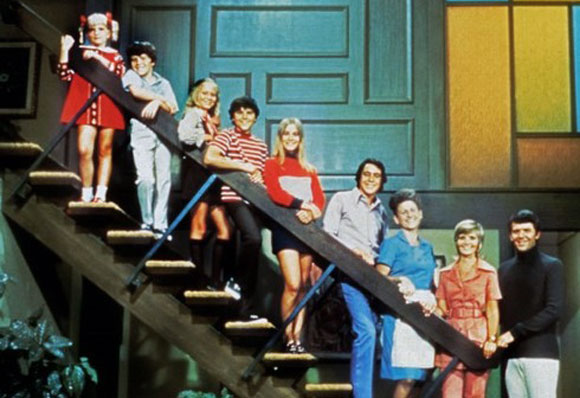
Anthony: Well, there’s Mr. Brady of course from The Brady Bunch, the iconic family architect. The TV series shows him working at the office with drawings, and also in a charming home office. A funny thing though. Hollywood represents architects as being wealthy. But most architects actually aren’t. I think it’s funny that Mr. Brady, as an architect, can somehow support a family of eight. He’s also paying spousal support because he’s divorced. His wife doesn’t work, and they have a housekeeper, a full time live-in named Alice.
One of my favorites is Indecent Proposal with Woody Harrelson. He plays a young, starting out architect.
George: This is the one with Demi Moore and Robert Redford? And, Harrelson was an architect in that? Wow.
Anthony: The movie shows him sitting on the floor, drawing on the wall, that kind of creative passion. But, because Woody Harrelson is a struggling entrepreneur like many young architects, it makes Demi Moore more susceptible to the fact that she can get a million dollars by sleeping with a stranger.
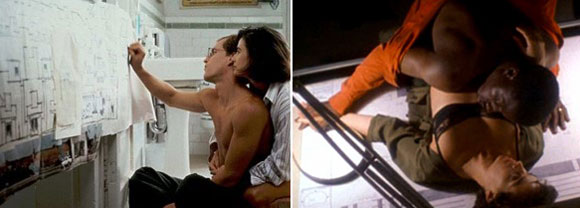
George: Yeah. And, Wesley Snipes, tell me about that movie.
Anthony: Jungle Fever. It’s great, because Hollywood in previous decades thought of architects as being your typical white corporate male. So, Wesley Snipes breaks that role, as well as other architects that come shortly after, that are female, are younger, or of different races. For Wesley Snipes, the film uses the architect’s office as a very sexy backdrop. It has the drafting tables, the desk lamps, the great artistic setting. His rows of drawings in the background are such a sexy image, that he actually has sex on a drafting table. So that’s a unique take.
I think that in a lot of these movies, particularly romances, they want the male or female lead to be a creative type, artistic. But the artistic person also has to have a job. I don’t think the movies would work if the lead was a starving poet on the street corner, or a musician playing saxophone in the subway station. Being an architect allows that lead role to be romantic, creative, and still have a job, a respectable profession.
George: Did you see the movie, The Lake House?
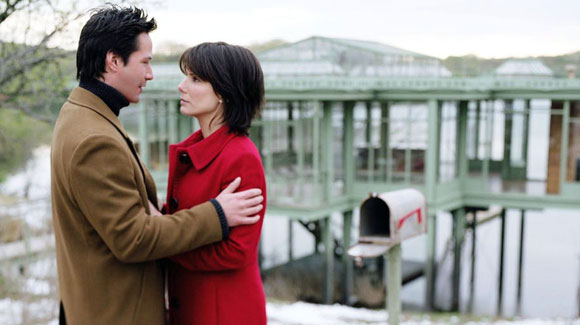
Anthony: Of course, Keanu Reeves. And the brother and dad all play architects. They actually have architectural discussions—the three of them. Keanu Reeves lives in a glass house floating on a lake, and they often show him at his drafting table with his white t-shirt working late hours, drawing away, coming up with some creative vision for the world.
George: How has architecture changed in terms of use in film? Has it changed much at all? Is it heading in the direction where maybe we’ll see more computer screens in the scenes, or do you think movies will still hold on to the old notion?
Anthony: I think they will hold on, because the notion is a trope and a formula that works. I think Hollywood is aware that the industry has changed, but Hollywood is about creating fantasy and images, and that’s still a role that people view architects as. I don’t think it’s always accurate, but it’s consistent in movies. It has been for decades since the first black and white movies in the 30s, all the way up to today. If the field of architecture was gone in stories, I don’t know if Hollywood could find another type of character that is a mix of creativity and professionalism, a mix of nobility and seriousness.
George: I wonder if they’ll remake The Fountainhead again.
Anthony: I actually wish Hollywood would do a dramatic version of Frank Lloyd Wright’s life. If you think about that, it would be a movie about ego, power, ambition, sex, arrogance. There would be the great buildings as backdrops. And there would be the climactic scene. If you’re familiar with Frank Lloyd Wright’s extended family, they were all killed by an axe murderer that was one of Wright’s employees at the house. That would be a horrific, but dramatic Hollywood scene. And it’s all true!
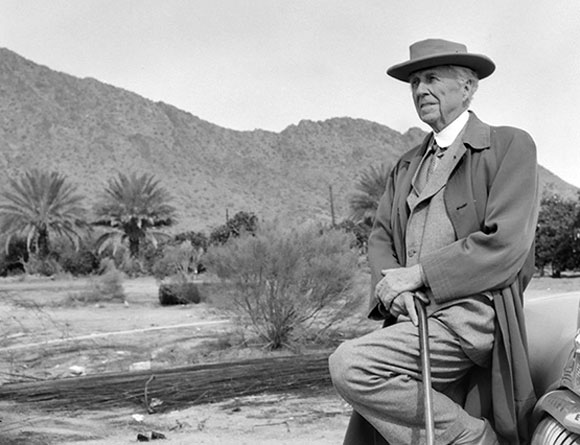
George: I’m wondering if somebody’s working on that.
Anthony: I’ve been thinking I should write a screenplay. The question is who would play Frank Lloyd Wright? There’d be a lot of people that would be great for it, but I don’t know.
George: Benedict Cumberbatch comes to mind. He’s good in most anything. He could probably pull that off.
Anthony: He is good. He’s probably too tall, since Frank Lloyd Wright is known to be very short.
George: Oh, that’s right. He was short, wasn’t he?
Anthony: It’s funny. I think a lot of the success of his homes is because he’s short. People would say, “These homes are so comfortable. What a great scale. It’s so intimate feeling.” And, I’m thinking maybe it’s because he’s just so short that these rooms have this proportion.
George: Well, Anthony, it’s been a real pleasure talking with you. I think we’re going to be hearing a lot more about you in the coming years.
 (The full podcast is at US Modernist Radio. Interview starts at 25 minutes and 9 seconds. For more on Hollywood and architects, visit my past essay, Celluloid Heroes.)
(The full podcast is at US Modernist Radio. Interview starts at 25 minutes and 9 seconds. For more on Hollywood and architects, visit my past essay, Celluloid Heroes.)

